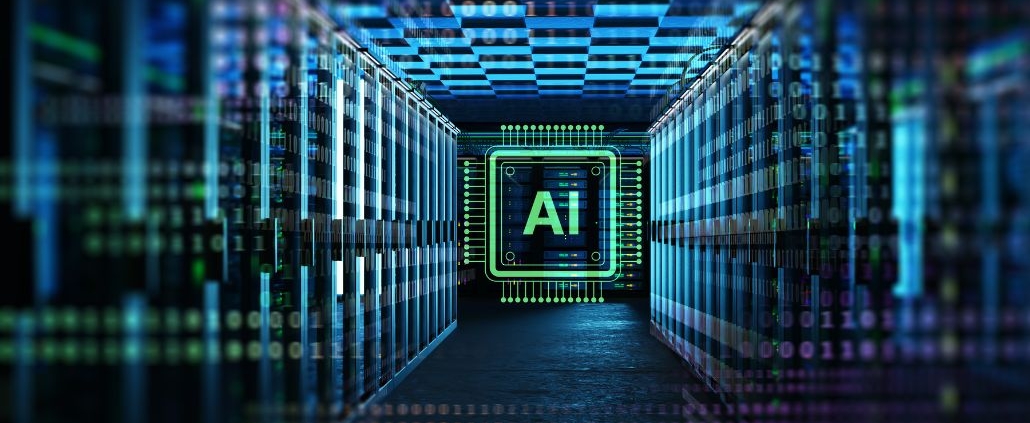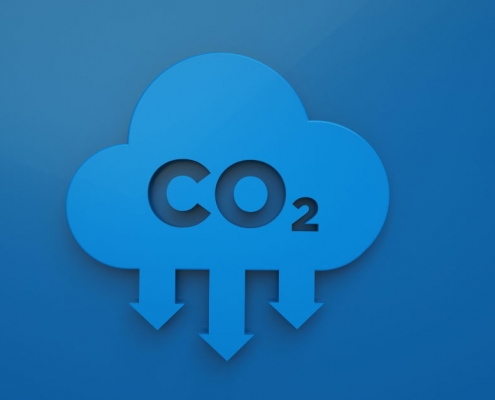Latest Reports

Retail vs wholesale: finding the right colo pricing model
Colocation providers may offer two pricing and packaging models…

Electrical considerations with large AI compute
The training of large generative AI models is a special case…

Retail vs wholesale: finding the right colo pricing model
Colocation providers may offer two pricing and packaging models…

Electrical considerations with large AI compute
The training of large generative AI models is a special case…
Other Reports

AWS price cuts: is serverless gaining momentum?
A serverless platform is an abstracted cloud computing service…

EU’s EED recast set to create reporting challenges
The European Commission’s (EC’s) proposed recast of its…

This Halloween, beware the vampire server
Halloween brings joy to many in the form of tricks and treats.…

Data centers weather solar storms
The US Space Weather Prediction Center (SWPC) issued multiple…

Sacrifice speed to cut cloud carbon and costs
New findings from research by Uptime Institute Intelligence…

New server leasing models promise cloud-like flexibility
IT hardware vendors, such as Dell and Hewlett Packard Enterprise…

Quantum computing is not a panacea yet
Quantum computing promises a revolution in scientific discovery.…

Alternative clouds are vulnerable to demanding buyers
Although big-name hyperscalers such as Amazon, Google and Microsoft…

Data center operators cautiously support nuclear
The value, role and safety of nuclear power has strongly divided…

Vegetable oil promises a sustainable alternative to diesel
The thousands of gallons of diesel that data centers store on-site…

Is navigating cloud-native complexity worth the hassle?
Last month 7,000 developers traveled to Valencia to attend the…

Sustainability laws set to drive real change
Nearly 15 years ago – in 2008 – Uptime Institute presented…
Content Categories
Subscribe to Journal via Email
Tags
Accredited Tier Designer (9)
AI (16)
artificial intelligence (11)
ATD (10)
Carbon Emissions (7)
Climate Change (13)
Cloud (22)
Cloud Computing (17)
Cloud Costs (15)
Cloud Infrastructure (29)
Cloud Migration (8)
Colocation (6)
cooling (8)
Data Center (244)
Data Center Availability (40)
Data Center Cooling (13)
Data Center Design (45)
Data Center Disaster Recovery (7)
Data Center Energy Efficiency (34)
Data Center Facilities Management (43)
Data Center Operations (66)
data center power (8)
Data Center Staffing (18)
DCIM (9)
digital Infrastructure (109)
energy (8)
Energy Efficiency (37)
Environmental Sustainability (18)
IT (7)
IT Efficiency (15)
IT Outages (10)
M&O (6)
outages (11)
Public Cloud (7)
PUE (9)
Regulations (23)
Resiliency (9)
security (7)
Sustainability (33)
Sustainability Reporting (7)
Tier Certification (26)
Tier Certification Constructed Facility (16)
Uptime Institute FORCSS (6)
Uptime Institute Network (13)
Uptime Institute Symposium (6)

